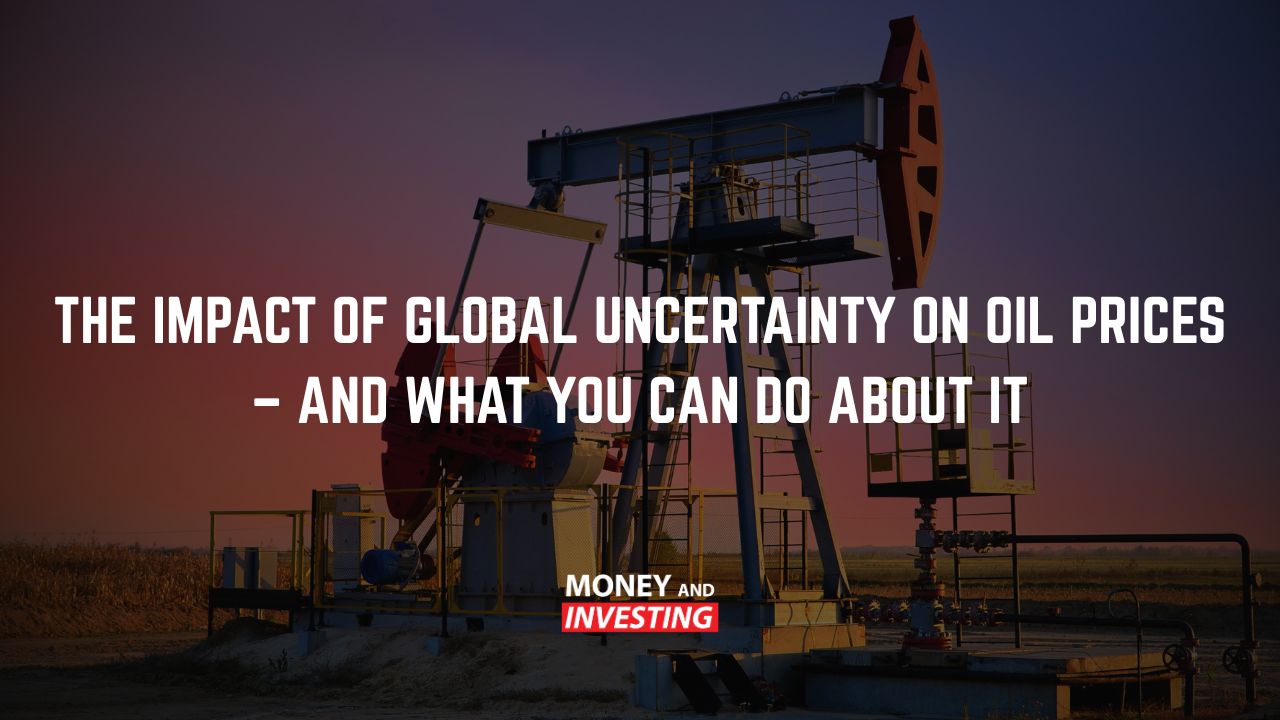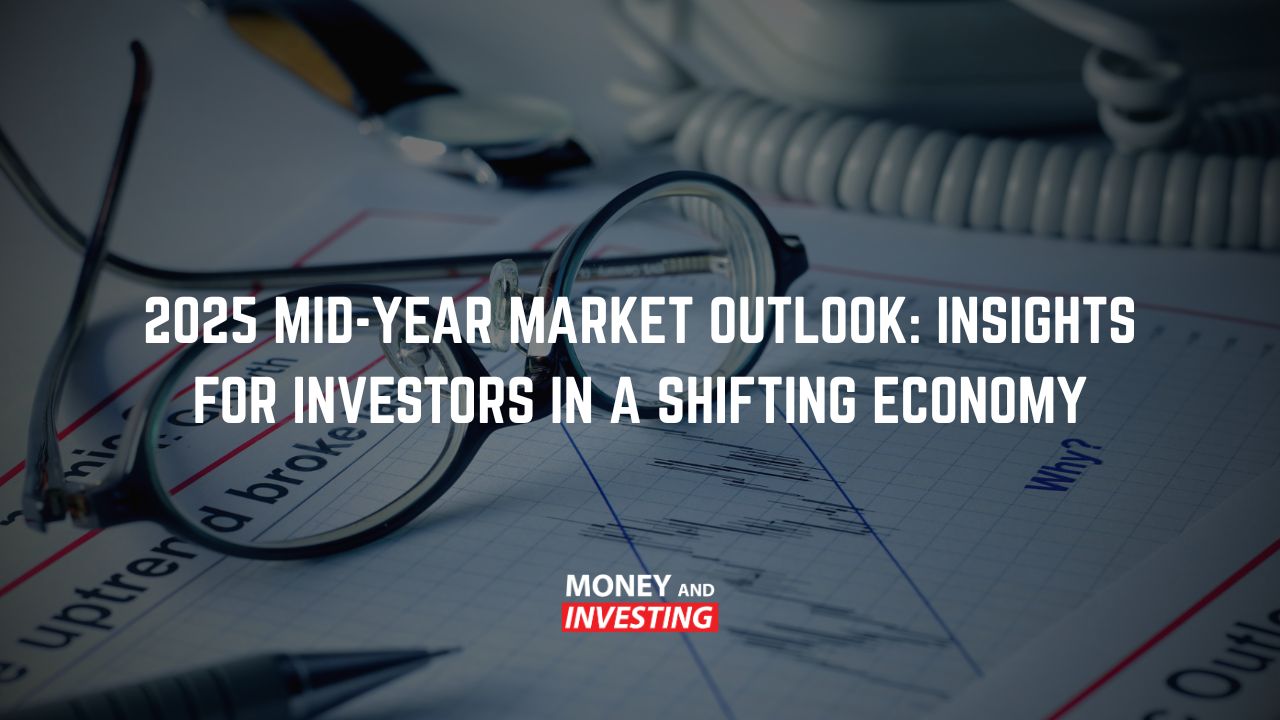Debt Recycling: The Good, the Bad & and the Ugly. As we’ve seen real assets like property. And shares perform insatiably well in the last year. The ability to recycle your debt in order to gear up your investments has never been more appealing. Here’s how debt recycling works and the dangers to look out for:
Good debt vs. bad debt
Before we jump into anything of the likes of debt recycling. It’s first important that we understand the notion of good debt vs. bad debt. As host Andrew Baxter describes, good debt (in the traditional sense) is debt on an appreciating asset like a house for example. Bad debt, on the other hand, are things like car loans. And credit cards that have no upside potential. And simply cost you money to have.
In the essence of discussing debt recycling. We are now going to treat good debt as ‘tax deductible debt’ and bad debt as ‘non-tax-deductible debt’. Bad debt = a mortgage on a PPR. Therefore not tax deductible, versus good debt being any kind of loan to offset your tax – otherwise known as ‘debt recycling’.
What is debt recycling and how does it work?
The idea of debt recycling is to use the equity that you’ve built up in one of your real assets. For example equity in your home. And then using this as a line of credit to invest in another real asset. This is treated as an investment loan whereby the interest on the loan can use as a tax deduction. Allowing you to gear up to buy an investment property or more shares for example.
The idea is that your asset held from the investment loan outperforms. The initial asset to experience gains in both camps. All the while receiving a tax deduction along the way. To use a practical example here – let’s say you bought a house for $800k to which $300k of that was your deposit.
If in some time in the future the property becomes valued at $1m for example – you now have a situation where you have your initial $300k + the $200k in appreciation in the asset as equity. This means that theoretically, you now have $500k that you can use to ‘debt recycle’. To buy another house or a portfolio of shares. Sounds attractive, right?
Understand your risk profile
Debt recycling has huge upside potential if the new investment performs well as essentially. You’ve double dipped and been able to capitalise on both assets simultaneously. The challenge arises when the recycled asset doesn’t perform well (or worse – implodes). As that can put you in a very dire situation with more debt and a lack of ability to service it.
As host Andrew Baxter says, before debt recycling it’s important to truly understand your risk profile. Chances are you’re also probably undertaking such exercise with a partner to which it’s also important to ensure their risk profile and the investment you chose matches both. Quite frankly, you have to ride the wave and roll with the punches when it comes to debt recycling because ultimately when you’re geared up – things can go either way.
Taking property for example, given we have seen prices run up yet yields remain relatively low on the back of no wage growth – if you were to gear up and use the equity in your PPR. To buy an investment property. You are essentially relying on the price of that investment property being higher in the future given. There is really no income to supplement servicing a second mortgage. (especially if we see interest rates rise in the future). As a pure directional play. You can be absolutely right or absolutely wrong here.
Knowing when to recycle
Unfortunately, no one has a crystal ball to tell us whether or not our property or shares are going to go up in value. However, one of the tools we can use to time our decision to debt recycle or not are the market cycles. You have to ask yourself – is the investment I’m considering at the top or bottom of its cycle?
Yes, this is incredibly subjective, however if we were talking about property in Australia at the time of this blog (Q1 2021) you can quite clearly see that we are in fact at the top of the property cycle.
Prices have been running super-hot and records broken on the back of monetary stimulus and low interest rates, meaning the attractiveness of debt recycling through an investment property based on market timing would actually be quite low. The same principles can placed on shares too using basic valuation tools like the PE ratio (price to earnings ratio) for example.
Fortune favours the brave
It comes as no surprise that fortune favours the brave, those with a strong spine and thick skin are typically ones to reap the rewards over the long term. Debt recycling can an extremely lucrative exercise if you get it right given the leveraged nature of your money allowing you to gain double the exposure than previously before.
You have to ask yourself however, are you prepared to go all in? Or are you simply prepared to risk what you can afford to lose? What is key, as host Andrew Baxter describes, is knowing truly what your risk profile is and doing your research on the cycle of the market before taking the swing.
A rising tide will lift all ships, however if you can’t handle the risk, make the mistake of over gearing or economic conditions shift you could be living under a bridge pretty quickly. They key here is understanding when to hit the gas and how to manage your risk – with that, reach out to Australian Investment Education to learn more.



